Eduard P-40E Warhawk Dual Combo – The Royal Class Edition 1/48 R0023
Original price was: £89.99.£79.99Current price is: £79.99.Save £10.00
In stock Product is on the shelf in our store and can usually be dispatched the same day if ordered before 14:30, or collected from the store once order confirmation is received
Description
Description
Eduard P-40E Warhawk Dual Combo – The Royal Class Edition 1/48 R0023
The Royal Clas edition of a plastic model kit of the US WWII fighter aircraft P-40E in 1/48 scale.
The kit offers 12 markings of which 7 are American (USAAF), two Australian (RAAF) and one of British (RAF), Canadian (RCAF) and Soviet (VVS USSR) aircraft.
The kit contains two complete sets of sprues for two models to be built as P-40E Warhawk and P-40E-1 (Kittyhawk Ia).
The kit allows build of any combination of two markings contained.
- Plastic parts: Eduard
- Number of markings: 12
- Decals: Eduard
- PE parts: yes, pre-painted
- Painting mask: yes
- Resin parts: yes (exhausts – one type; main undercarriage wheels – two types; seats with molded harness – two types)
- Masking insert of the main wheel wells (Omask)
- Poster
- Magnet sticker with the P-40 theme
- New Warhawk from Eduard
The new P-40E kit from Eduard has been designed from the very beginning not only with a focus on high accuracy of individual parts and details, but also with an emphasis on easy building process. One of the pitfalls of the P-40 kits, for example, is gluing the rear side windows. There is a risk of glue spots on the clear parts by gluing them into the fuselage. The design of this part of Eduard’s new kit eliminates this problem completely and ensures easy-to-obtain great look of this tricky part of the model.
The design of the carburetor air intake on the ridge of the nose of all P-40s powered by the Allison engine also presents some challenges. Thanks to an insert part of the inlet even this small detail has its charm on Eduard’s new P-40E. Among other things, because it doesn’t create a joint of the fuselage halves inside the duct that would be difficult to clean up. The design of the radiators in the lower part of the nose is also fine-detailed and will look pretty good on finished models.
A separate chapter are the wheel wells, as the designers took great care of them. The wells do not lack the distinctive positive riveting as we can see it on a real thing, and the assembly of parts also ensures a realistic appearance of the covers around the retracted main landing wheel legs. The wheel well also offers a choice of a version showing the inner structure, as well as by fabric cover.
The variability of many details has been also considered. For example, the exhausts offer both early round exhausts and later fishtail design. The windshield has two options, and the cooling control flaps are available in both open and closed positions. Interestingly, their position is also reflected by the position of the corresponding lever on the right side in the interior. Also, the levers for the landing gear and flaps on the left side of the cockpit are separate parts, not just a part molded on the sidewalls. The right sidewall is available in two options, reflecting different radio equipment. Both versions of the seat, i.e. the American and the so-called “International” version, were molded as well.
Other variations offer different covers of machine gun barrels or different main landing gear wheels. Depending on the armament used, one of the three wing center plane inserts with the appropriate bomb rack bases are available. The armament itself includes three of US 500lb bombs, one British bomb of the same caliber, Bazookas and two types of drop fuel tank. More armament will be available as a Brassin kits.
The surface of the plastic parts has been finished according to the latest Eduard standards, i.e. with fine recessed panel lines combined with recessed or raised rivets, locks and screws. The position and formation lights are made of clear plastic to create another nice detail. And that is the philosophy behind whole the design of this new kit: Nice details, easy building and great result with a lot of fun! Enjoy the new P-40E from Eduard…
Markings:
- 41-5726, Capt. Philip G. Cochran, 65th PS, 57th PG, Mitchel Field, USA, spring 1942
- 41-36402, 2Lt. Dallas Adellon Clinger, 16th FS, 23rd FG, Kunming, China, 1942
- Col. Robert L. Scott, CO of 23rd FG, 14th AF, Kunming, China, October 1942
- 41-5647, 2Lt. John Landers, 9th FS, 49th FG, Darwin, Australia, 1942
- 41-5509, 1Lt. Joseph J. Kruzel, 17th PS (Provisional), 4th CG, Java, February 1942
- 41-36171, 2Lt. Clyde H. Barnett Jr, 8th FS, 49th FG, Kila Kila, New Guinea, late 1942
- Capt. Ben S. Irvin, 11th FS, 343rd FG, Fairbanks, Alaska, 1942
- A29-113, S/Ldr. Richard Cresswell, No. 77 Squadron (RAAF), Australia, late 1942
- AL194 (1087), WO2 S R. J. McLeod, No. 111(F) Squadron (RCAF), Kodiak Island, Alaska, April 1943
- ET790, Sqn. Ldr. Billy Drake, No. 112 Squadron (RAF), LG91, Egypt, July 1942
- ET789, Sqn. Ldr. Bobby Gibbes, No. 3 Squadron (RAAF), LG91, Egypt, August-September 1942
- Maj. Pyotr A. Pokryshev, 154 IAP, Plekhanovo, USSR, September 1942
Reviews
Only logged in customers who have purchased this product may leave a review.

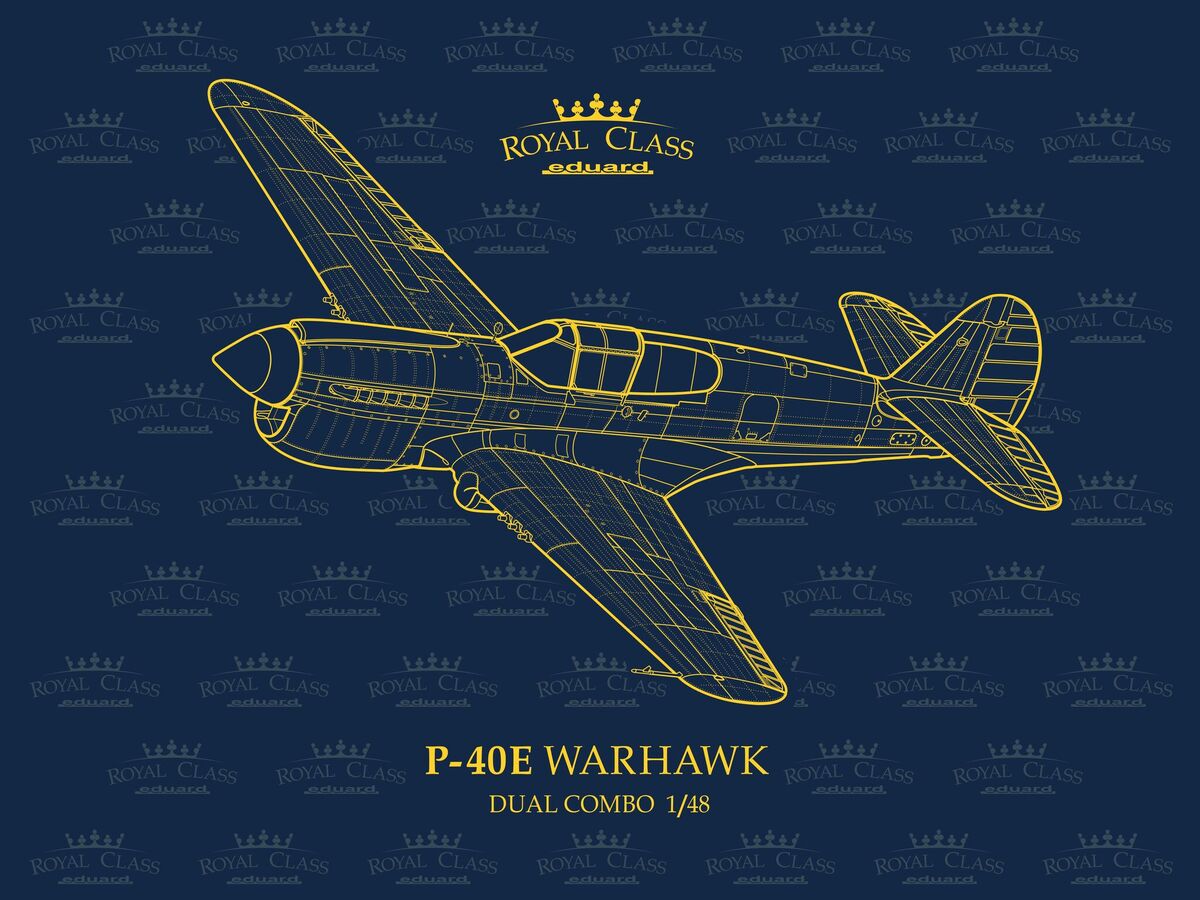
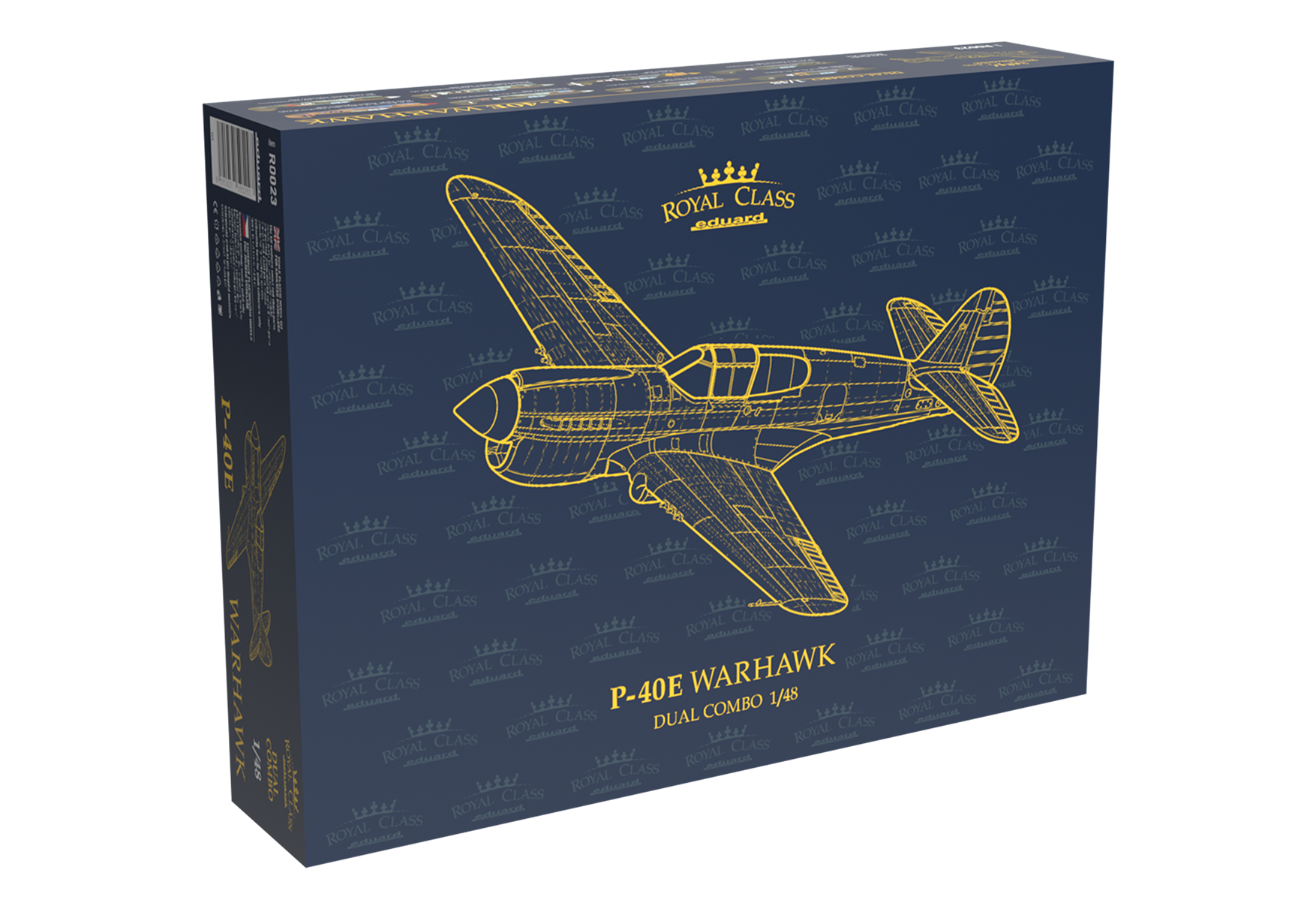





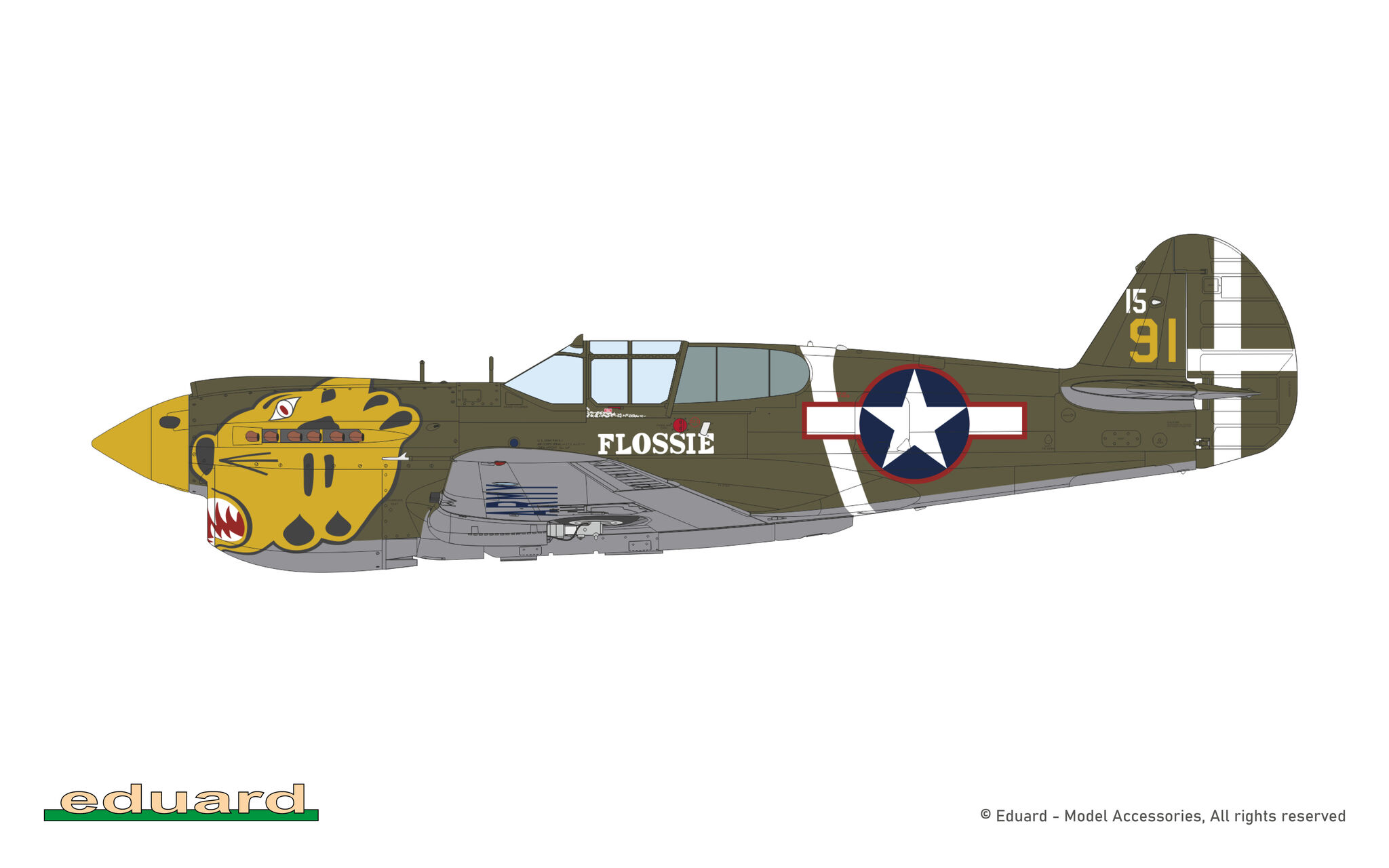

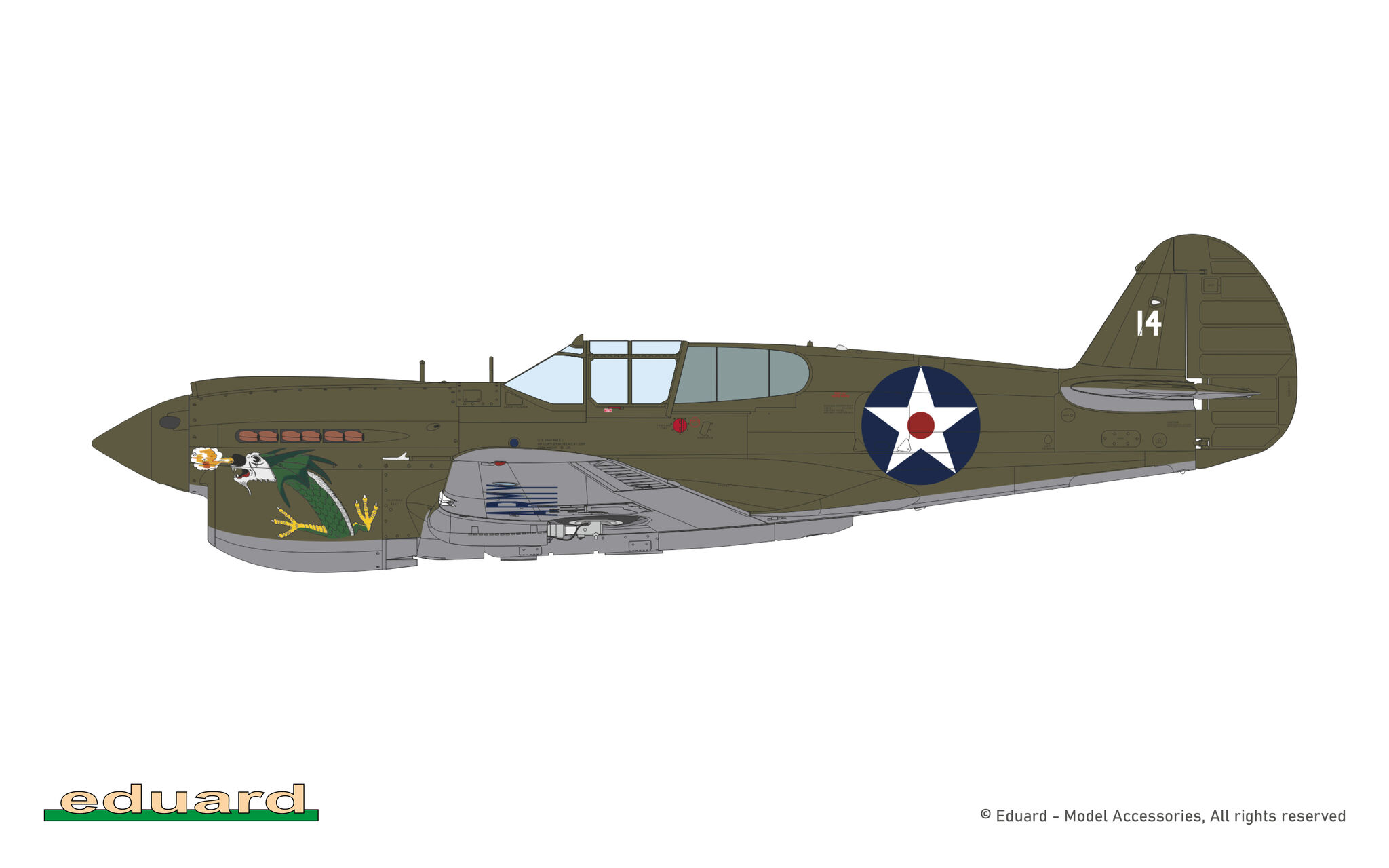
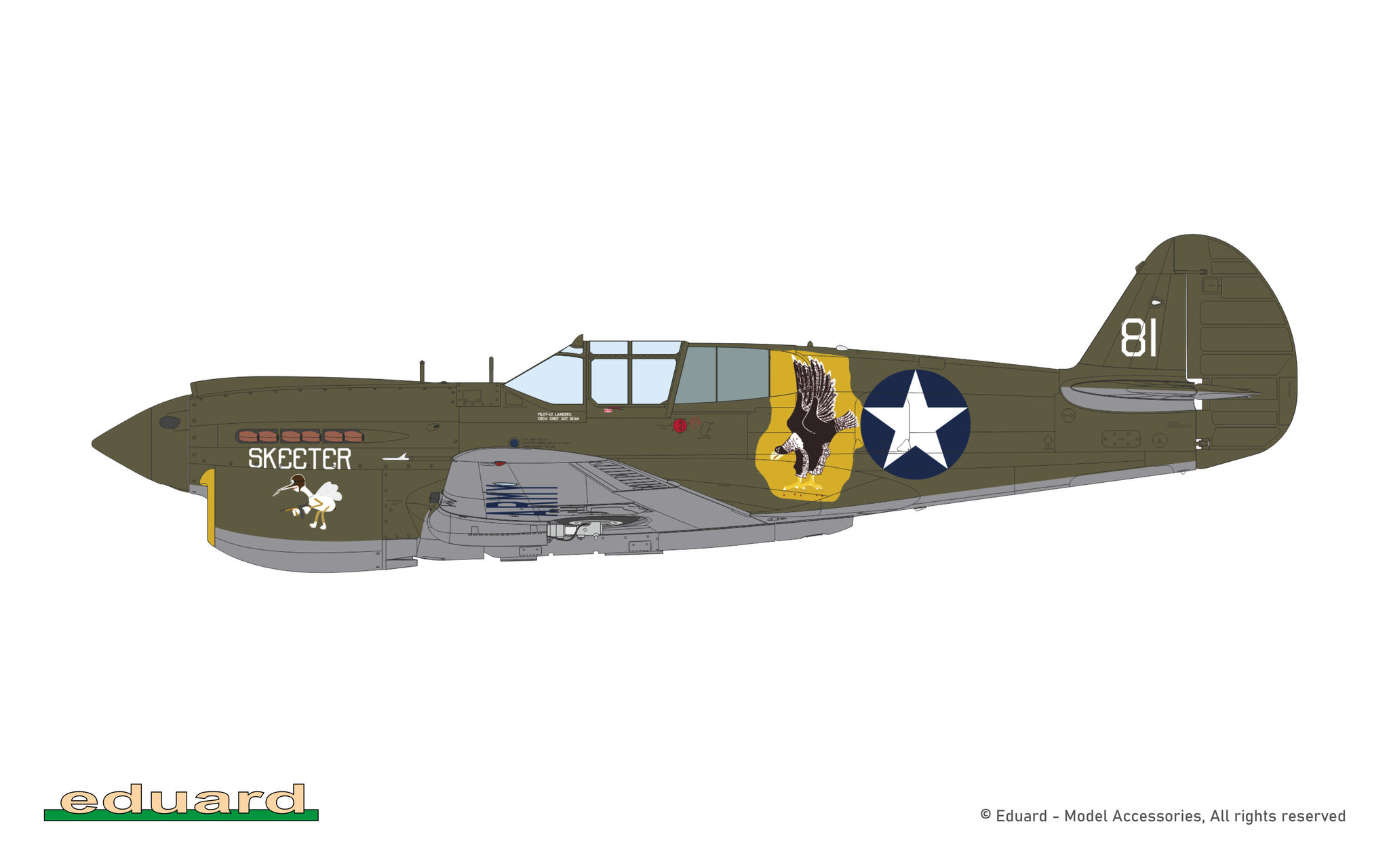

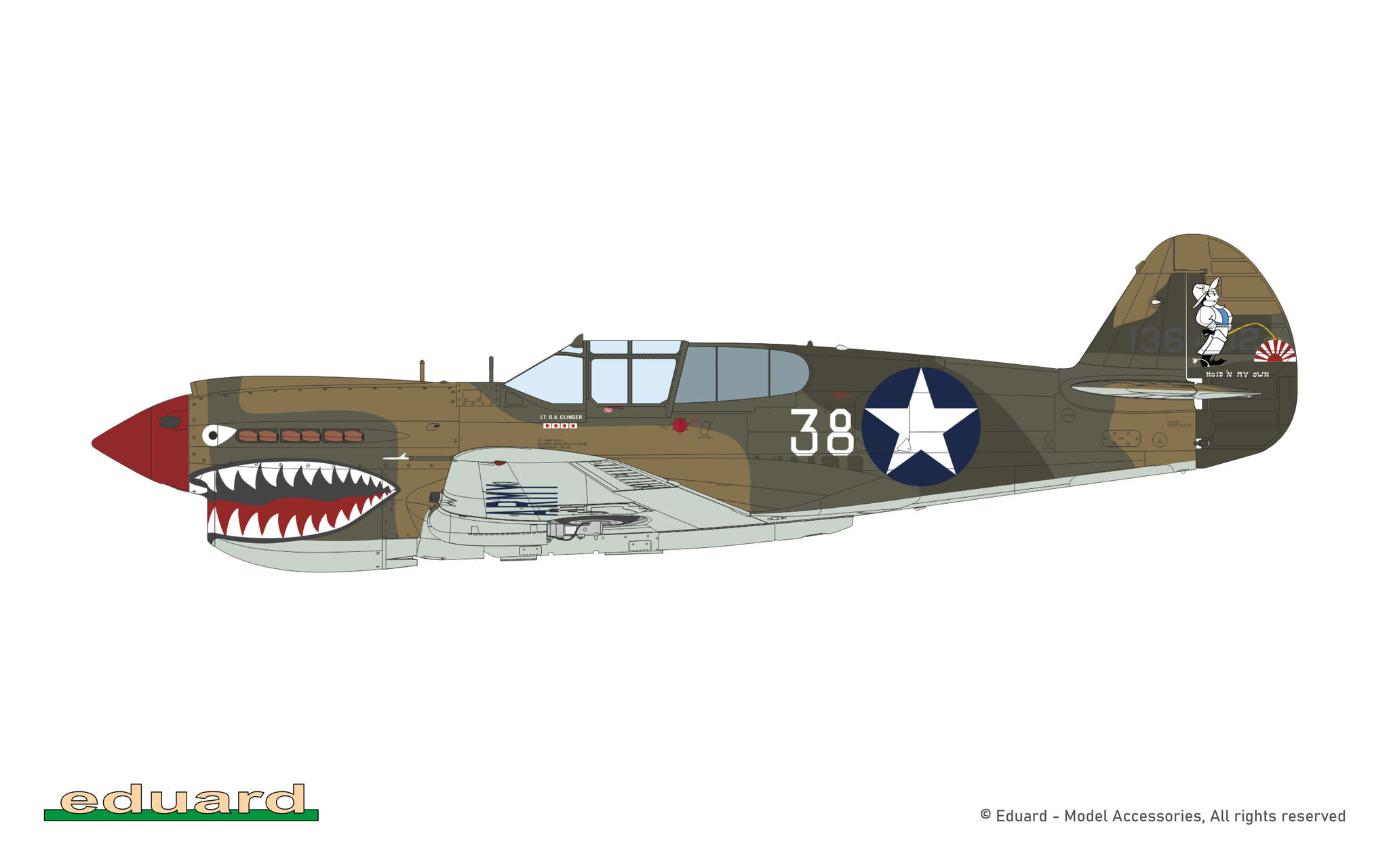
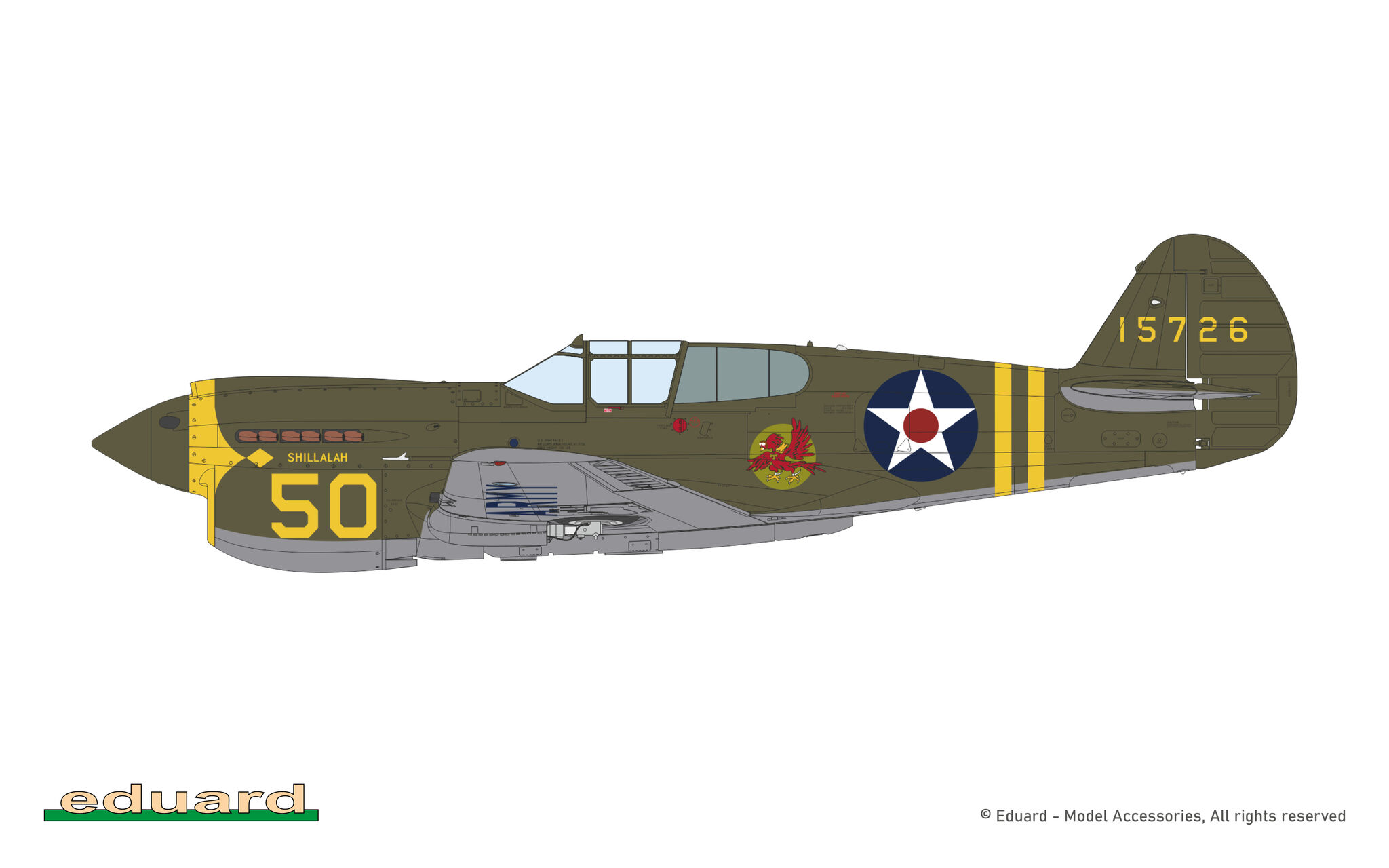



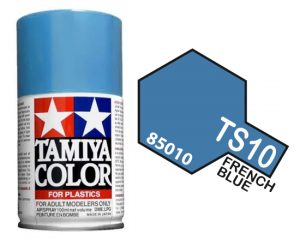
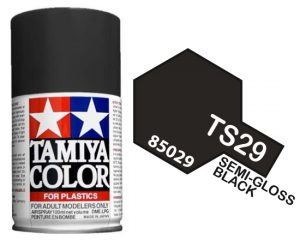

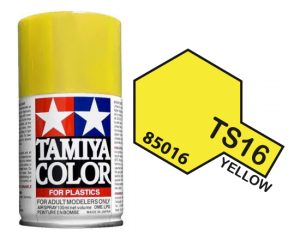
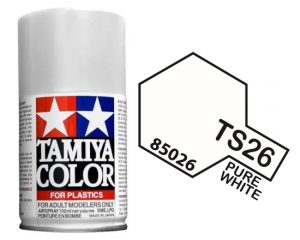
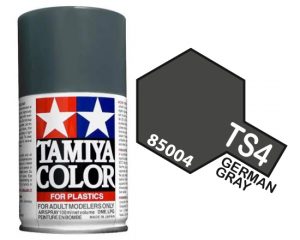
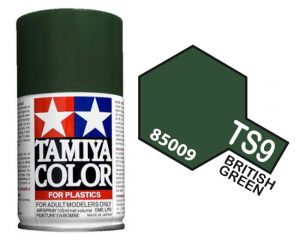
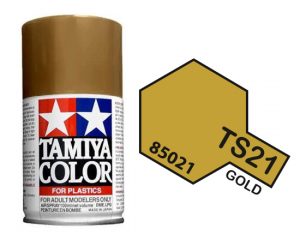
Reviews
There are no reviews yet.